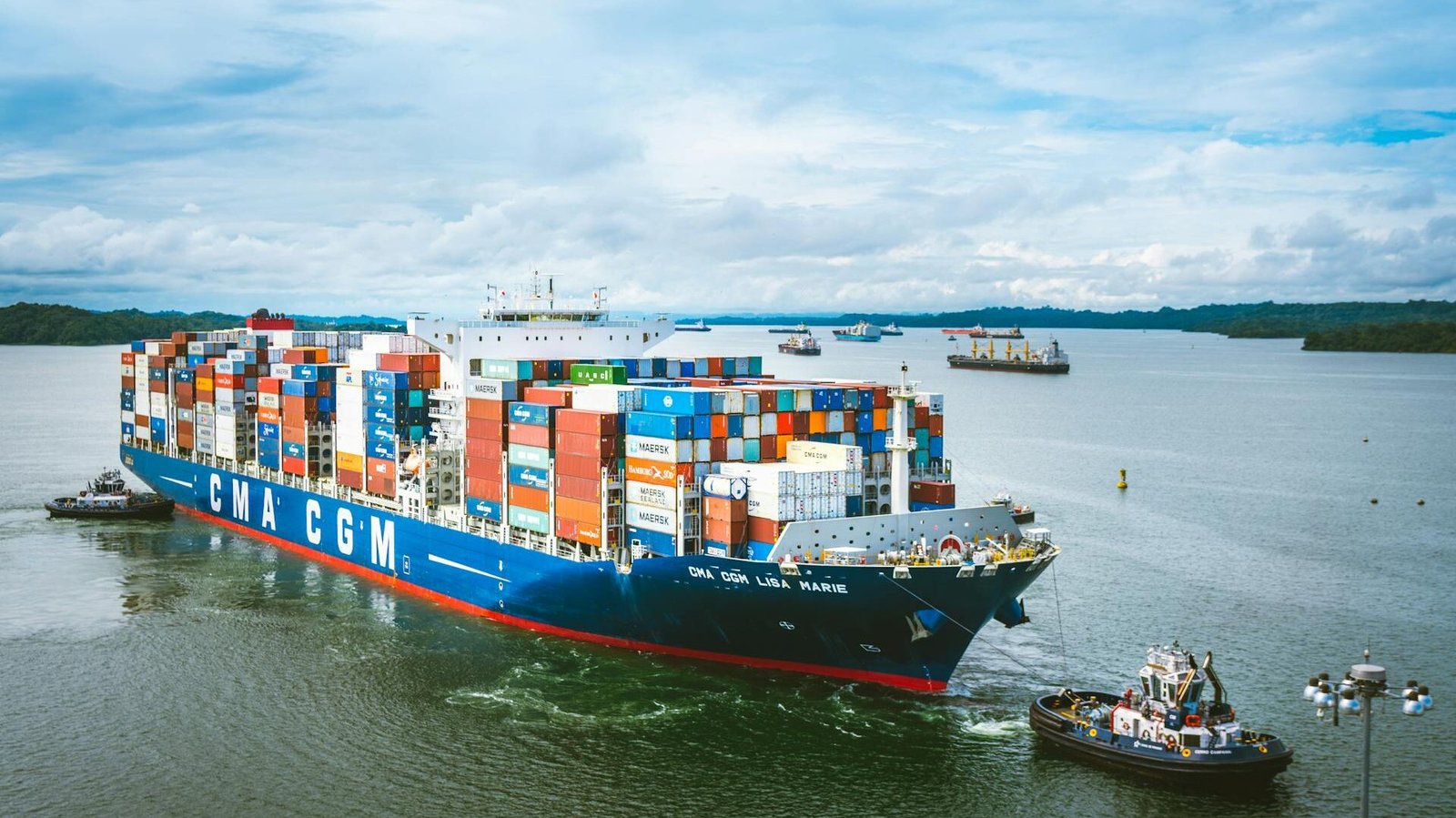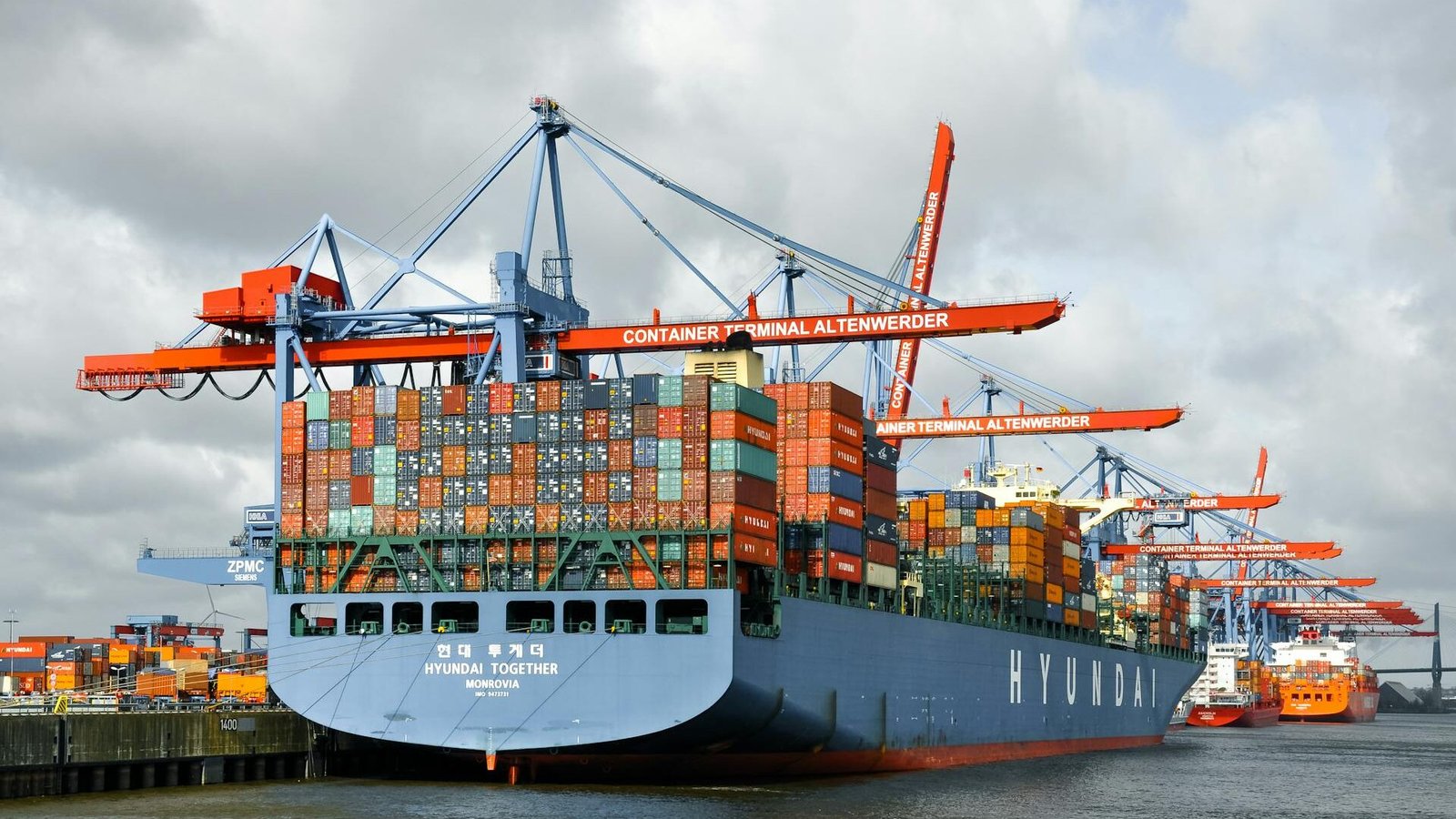
Introduction: The Engine of Global Commerce
Did you know that a staggering 90% of world trade travels by sea? It’s quite possible that the device you’re reading this on likely arrived via ocean shipment. Ocean shipment refers to transporting goods via seafaring vessels across international waters. This guide is for business owners, logistics newcomers, and the curious, aiming to demystify the process. In this article, we’ll offer an overview of ocean shipment, from method – selection to customs – navigation, helping you make informed decisions.
Why Ocean Shipment is the Default Choice for Global Trade
- Cost – Efficiency: Ocean shipment is much cheaper per unit than air freight, especially for heavy or non – urgent goods. For businesses shipping large volumes, the cost savings can be significant. For example, shipping building materials by sea costs far less than by air.
- High Capacity: It can move large volumes, from a single pallet to thousands of containers. Whether you’re a small business or a large corporation, ocean shipment can meet your needs.
- Global Reach: Ocean shipment connects major port cities worldwide, providing access to emerging markets. This global connectivity allows businesses to expand their customer base.
- Versatility: It can ship a wide range of goods, from raw materials to finished products. Specialized equipment like reefers, open tops, and flat racks makes it suitable for various cargo types.
FCL vs. LCL: Decoding Your Ocean Shipment Options
What is FCL (Full Container Load)?
- Definition: FCL means booking an entire container for your goods.
- Advantages: It offers speed, security, reduced damage risk, and simpler handling.
- Best for: Large volumes, typically over 10 CBM or 8 standard pallets.
What is LCL (Less than Container Load)?
- Definition: LCL involves consolidating your shipment with others in one container.
- Advantages: It’s cost – effective for small shipments, with no minimum size and more flexibility.
- Disadvantages: It has longer transit times, more handling, and a slightly higher damage risk.
| Comparison Criteria | FCL | LCL |
|---|---|---|
| Cost | Higher for small volumes, cost – effective for large | Lower for small volumes |
| Control | High, dedicated container | Lower, shared container |
| Transit Time | Faster | Slower |
| Security | High | Moderate |
| Ideal Volume | >10 CBM or >8 standard pallets | Small volumes |
The Step – by – Step Journey of an Ocean Shipment
The process of an ocean shipment can be visualized with a flowchart:
- Booking & Export Haulage: Secure space with a carrier and transport goods to the port of origin, which may involve trucks or trains.
- Origin Customs & Port Operations: At the port, goods go through export clearance, terminal handling, and are loaded onto the vessel. They may be stored in the yard if needed.
- The Main Voyage: This is the ocean transit. Major shipping routes and chokepoints like the Suez Canal can affect the journey. Shipping time depends on distance and route.
- Import Customs Clearance: A critical step. Duties, taxes must be paid, and goods must comply with destination regulations. A customs broker is crucial here.
- Destination Port & Final Delivery: At the destination port, the ship is unloaded. For LCL, the container is de – stuffed. Then, goods are transported to the final destination.
Key Documents for a Successful Ocean Shipment
- Bill of Lading (B/L): It’s the contract of carriage and title document. There’s a difference between a Sea Waybill and an Original B/L.
- Commercial Invoice: Details the seller – buyer transaction for customs valuation.
- Packing List: Breaks down the contents of each package.
- Certificate of Origin: Declares the goods’ manufacturing location.
- Bonus: Incoterms® Rule: Incoterms like FOB and CIF determine shipment responsibility between buyer and seller.

Understanding the True Cost of Ocean Shipment
- Breaking Down the Quote:
- Ocean Freight: The base cost paid to the shipping line, depending on distance, volume, and route.
- Origin Charges: Include terminal handling, documentation, and export customs fees.
- Destination Charges: Such as import customs fees, port fees, and terminal handling charges.
- Surcharges: Like the Fuel Adjustment Factor, Currency Adjustment Factor, and Peak Season Surcharge.
- Insurance: It’s advisable to cover goods against loss or damage.
- Pro Tip: Request an all – inclusive quote to avoid unexpected fees. A cheap ocean freight rate may lead to high total costs.
Who’s Who in the Process?
- Freight Forwarder / NVOCC: They’re your main contact, coordinating the entire process.
- Carrier (Shipping Line): Companies like Maersk and MSC operate the vessels.
- Customs Broker: A licensed expert handling import legalities.
- Port Authorities & Terminals: Manage port infrastructure for loading, unloading, and storage.
Ocean Shipment: Myths vs. Facts
- Myth: It’s only for big corporations. Fact: LCL makes it accessible to small businesses and e – commerce.
- Myth: It’s slow and unreliable. Fact: While slower than air, schedules are generally reliable, and transit times are predictable.
- Myth: Customs is too complex. Fact: A good freight forwarder or customs broker can handle it.
Frequently Asked Questions (FAQ)
- Q: How long does an ocean shipment from China to the USA take?
- A: Usually 4 – 6 weeks door – to – door, including port and customs processes. It can vary.
- Q: What can’t I ship via ocean freight?
- A: Dangerous goods (without declaration), perishables needing speed, illegal items, and high – value items with prohibitive insurance costs.
- Q: Do I need a freight forwarder for my ocean shipment?
- A: Most shippers should use one. They simplify the process, save money, and prevent errors.
Conclusion: Mastering the Flow of Goods
Ocean shipment is a dominant force in global trade. It’s cost – effective, has high capacity, and offers global reach. Success in ocean shipment lies in understanding options, costs, and key partners.
Ready to start your ocean shipment? Contact a reputable freight forwarder for a quote and guidance.





